5 top tips for achieving sustainable office interior design
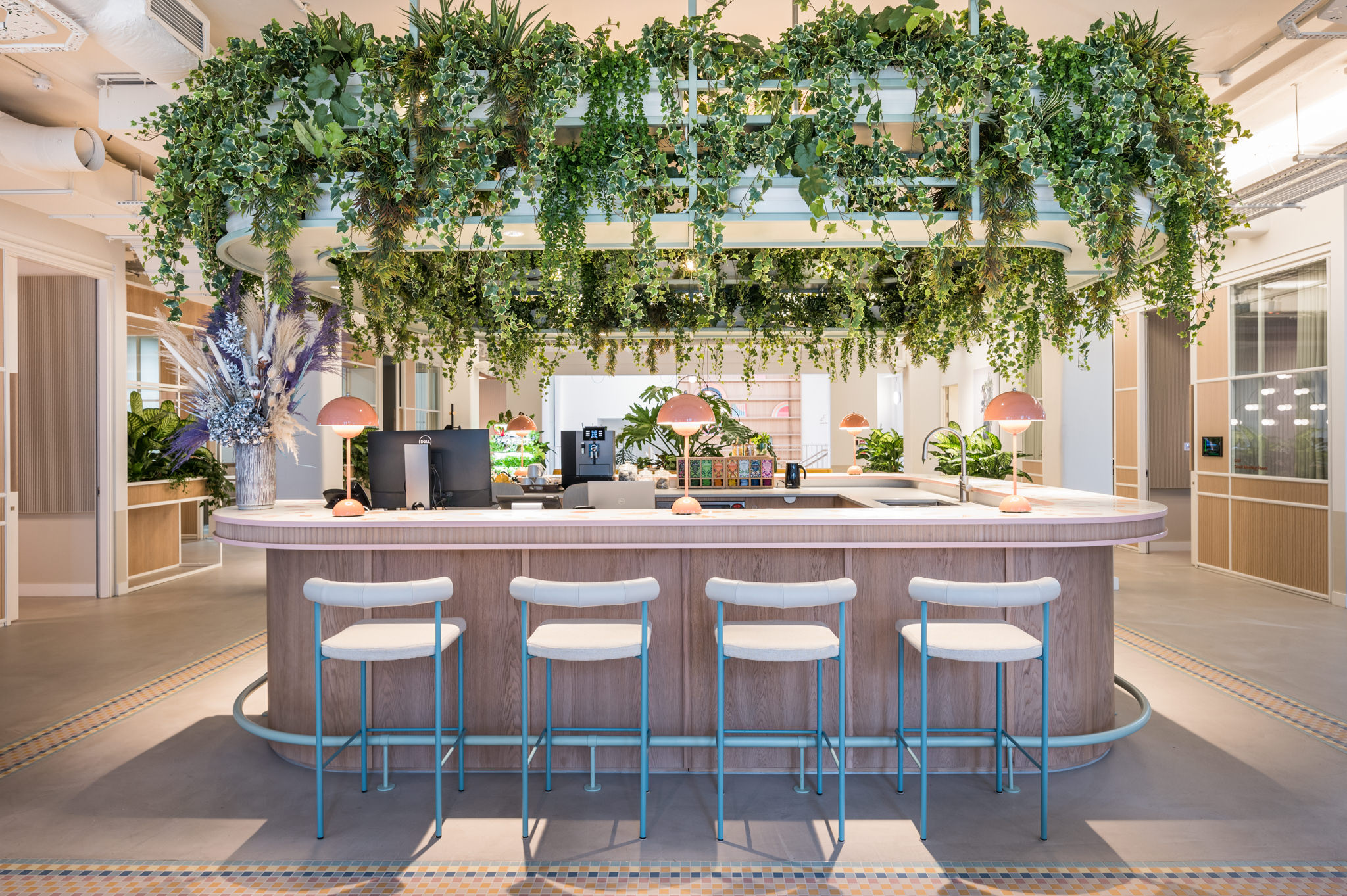
As more companies make ESG a priority, the question of how to become sustainable pops up a lot. With so much information out there, navigating your way through all of it can be overwhelming. So, to help you out, we’ve created a list of our top tips for achieving sustainable office design:
- Eco-friendly furniture is the one for you
When it comes to buying furniture for your office space, keep a few things in mind: your carbon footprint and the timelessness of the office furniture design. Find furniture suppliers like KuduStudio, Very Good and Proper, and Mogu that are carbon neutral or use 100% recyclable and sustainable materials.
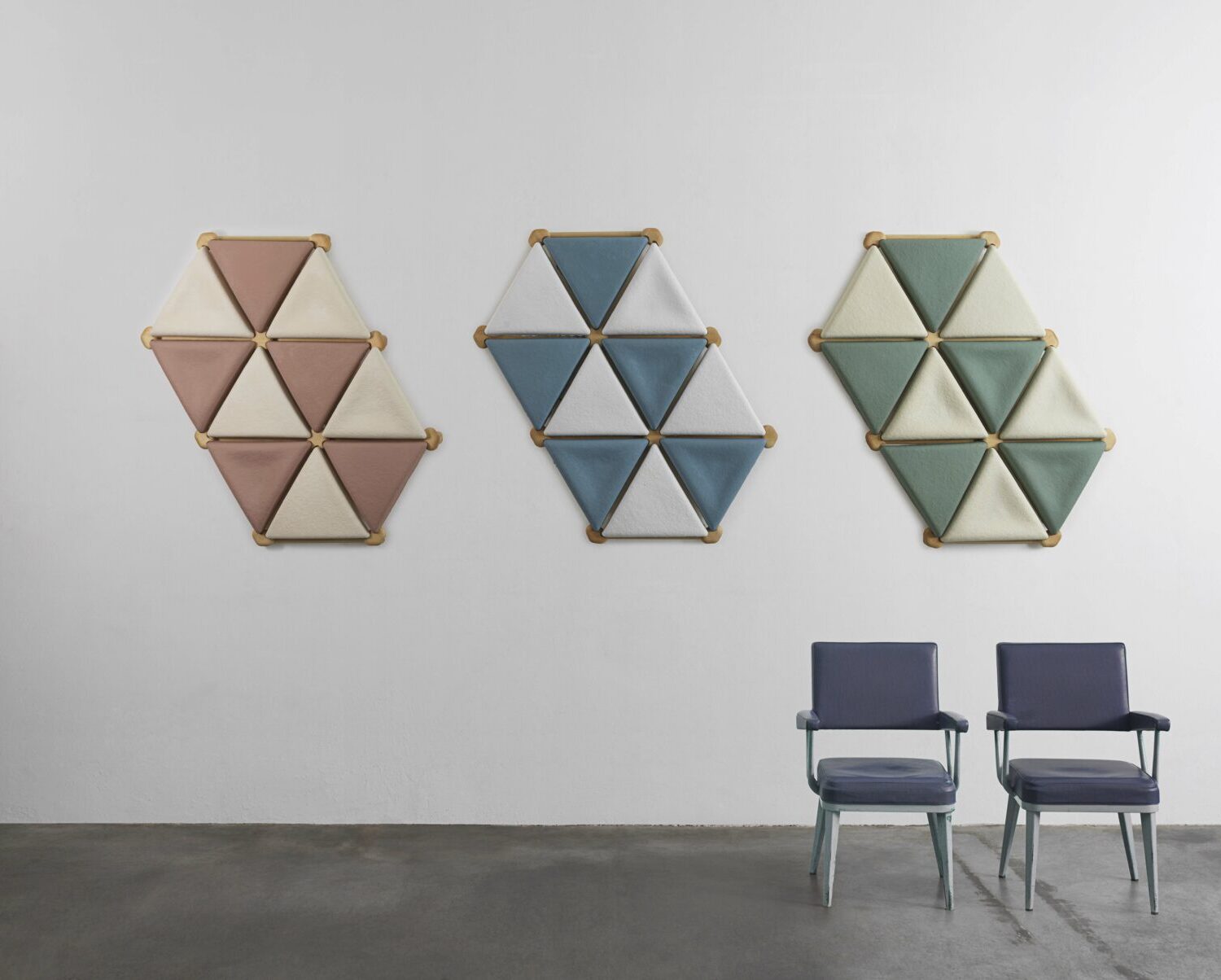
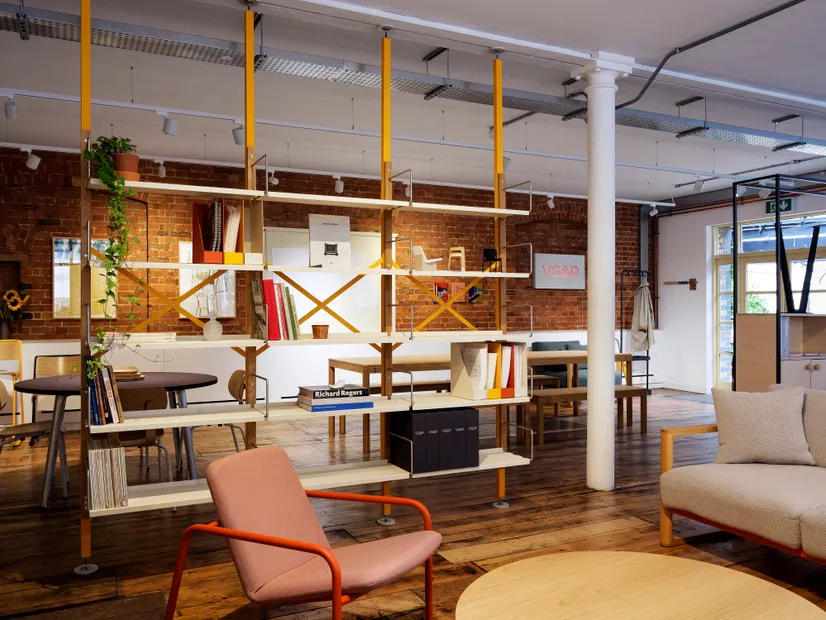
2. Every drop counts!
Water wastage can happen without us realising and is an easy fix with clever sustainable office design. Install products that allow you to conserve water without putting too much responsibility on your employees. Think low flush toilets, sensor faucets, waterless urinals, and if you live somewhere particularly rainy (hint hint, the United Kingdom!) then installing a commercial rainwater harvesting system would work in your favour. Japanese bathroom products brand, ToTo, has introduced a self-powered faucets range, which allow the faucets to produce their own energy, reducing the amount of electricity and water needed. This is a great cost-effective sustainable office design solution.
3. Plants make the world go around
What better way to improve air quality in the office than by doing it the way mother nature intended – through plants! High air quality is known to improve people’s mood and increase productivity, so why not invest in a living wall with Vantage Space? If that wasn’t enough of a reason, here’s an added perk: through using a process known as ‘evapotranspiration,’ they can cool office spaces in the summer while also providing insulation in the winter, saving you money on heating and air conditioning. To find out more about them, check out Vantage Space’s page here.
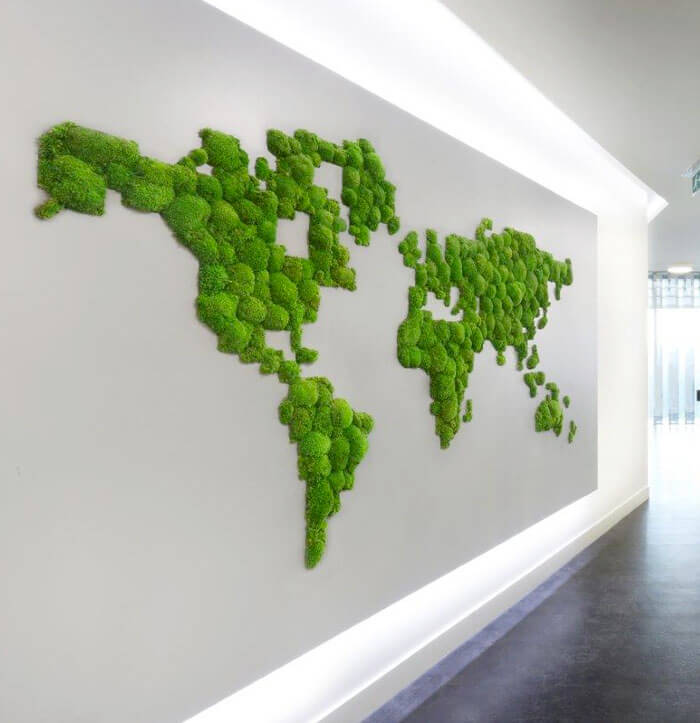
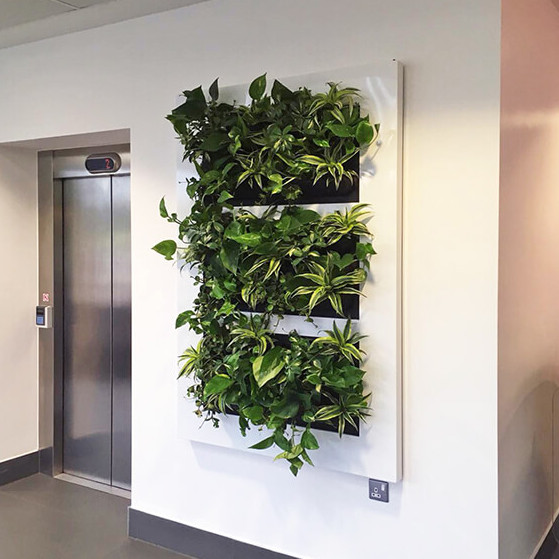
4. Let lighting be your eco-friendly friend
Lighting accounts for up to 35% of the average businesses electricity consumption in the UK, which begs the question, do you know how efficient your energy consumption is? Energy-efficient lighting solutions, ranging from lighting with built-in PIR sensors to zonal lighting with individual controls can be installed to help with this. Our personal favourite is circadian lighting, unlike standard fluorescent office lighting, which has only one colour and brightness level, circadian lighting mimics the sun’s behaviour and integrates it into the surroundings, benefiting occupants by creating a comfortable workplace and increasing productivity by: fostering faster cognitive processing, encouraging improved sleep, reducing hyperactivity, and reducing mistakes and errors. To find out more about the biological element of circadian lighting, take a look at Tetra Tech’s detailed insight here.
5. Get smart
On average, office computers are left unattended for at least two hours every day due to breaks, meetings, and lunches. During this time, each PC uses around 200 watts of electricity.[1] Such energy wastage could be prevented through simply investing in energy saving tech, such as GoBright offering services such as ‘Room Control’ and ‘Room Sensors’, with innovative software that can detect when a room is being occupied. Outside of working hours, the software automatically turns off computers.
These top tips make creating sustainable office design achievable without needing to make major changes to your office design. If you’d like to learn about our latest and greatest projects, click here.


